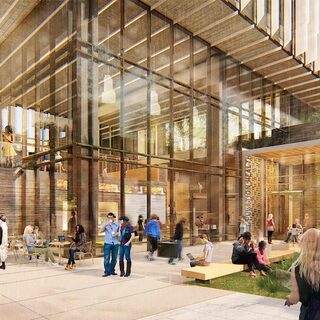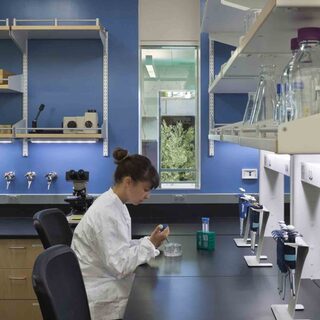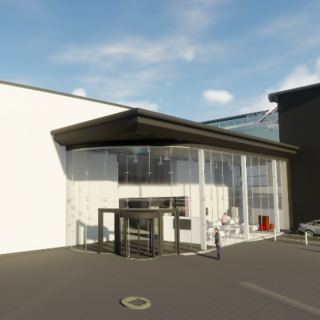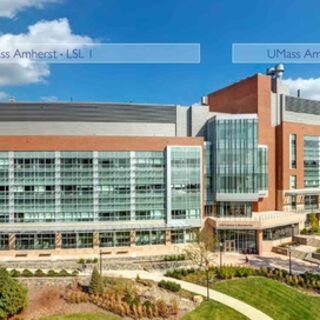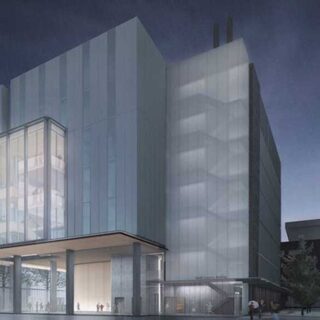Global Switch Constructs Singapore Data Center Using Modular Construction
Global Switch, a leading owner and operator of advanced data centers in Europe and Asia-Pacific, will implement modular construction methodologies in the delivery of its $209 million Singapore Woodlands facility. Gammon Construction, a joint venture of Balfour Beatty and Jardine Matheson, will precast 70 percent of the structure offsite, as well as using Building Information Modeling (BIM) in the delivery of the project.


